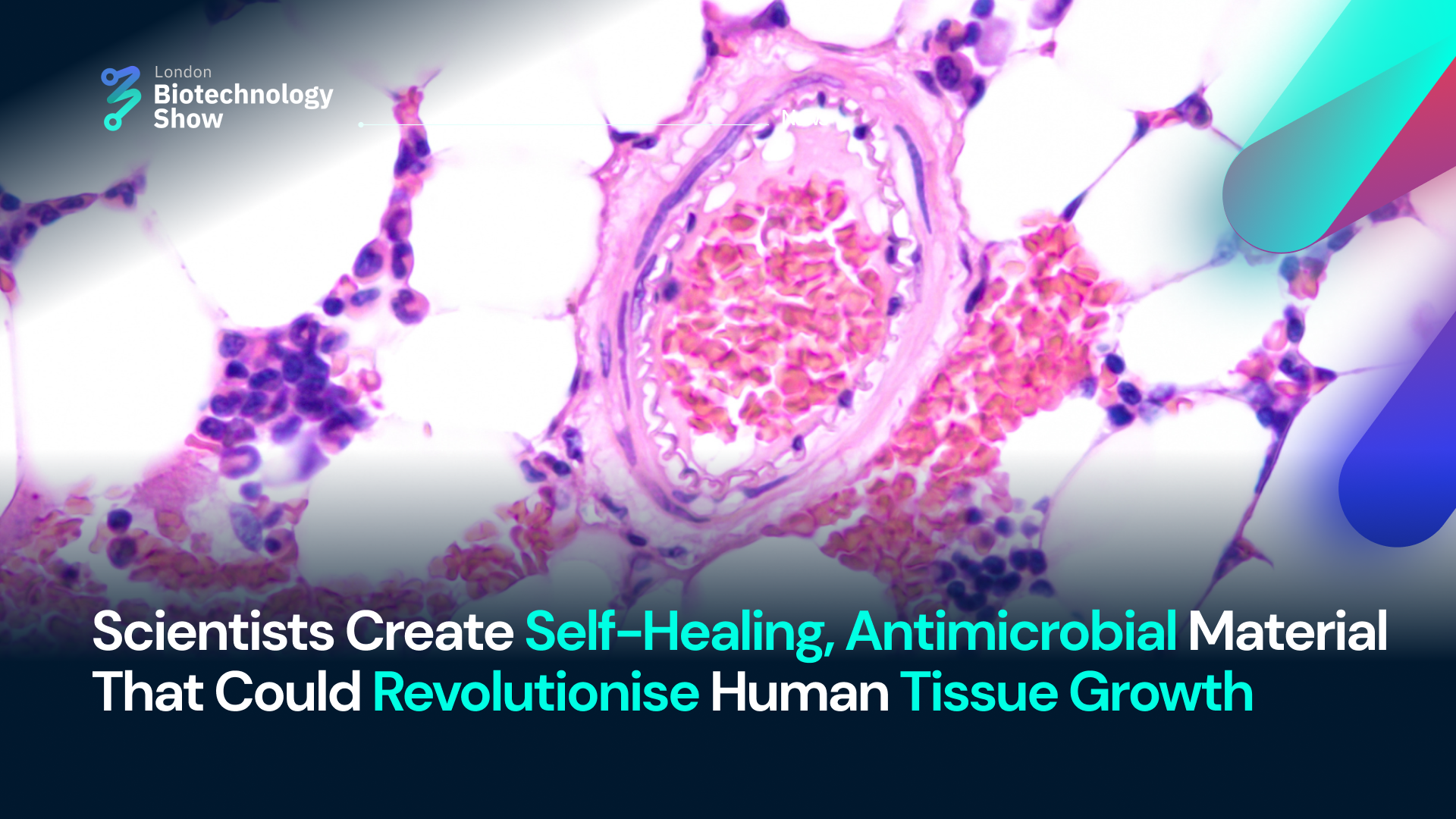24 Oct, 2023: Scientists at UNSW Sydney have created an innovative substance that has the capacity to transform the methods for cultivating human tissue in laboratory settings and employing it in medical treatments.
The recently developed substance is part of a category known as hydrogels, which are highly valuable in biomedical studies due to their ability to replicate human tissue and facilitate cell growth in laboratory settings.
Additionally, there exist artificial hydrogels that find application in a diverse array of everyday items, spanning from food and beauty products to contact lenses and absorbent materials. More recently, they have been utilised in medical studies to close wounds and substitute injured tissue. Although they can serve as effective tissue placeholders, promoting growth, synthetic hydrogels lack the ability to replicate the intricate characteristics found in genuine human tissue.
However, in a recent publication in Nature Communications, researchers from UNSW reveal how a newly synthesised hydrogel, created in the laboratory, exhibits characteristics similar to natural tissue. This hydrogel displays several unexpected features that hold significance for medical, food, and manufacturing technologies.
Associate Professor Kris Kilian from UNSW’s School of Materials Science & Engineering and School of Chemistry said in the university press release, “The material is bioactive, which means that encapsulated cells behave as if they are living in natural tissue,”
“At the same time, the material is antimicrobial, meaning that it will prevent bacterial infections. This combination lands it in the sweet spot for materials that might be useful in medicine. The material is also self-healing, which means that it will reform after being squished, fractured, or after being expelled from a syringe. This makes it ideal for 3D bioprinting, or as an injectable material for medicine.”
This innovative advancement has opened doors to a world where medical procedures and regenerative therapies could be significantly enhanced, promising more efficient healing processes and reduced infection risks. Also, this groundbreaking discovery offers hope for a future where our ability to heal and grow tissues matches the limitless potential of human ingenuity and scientific progress.

